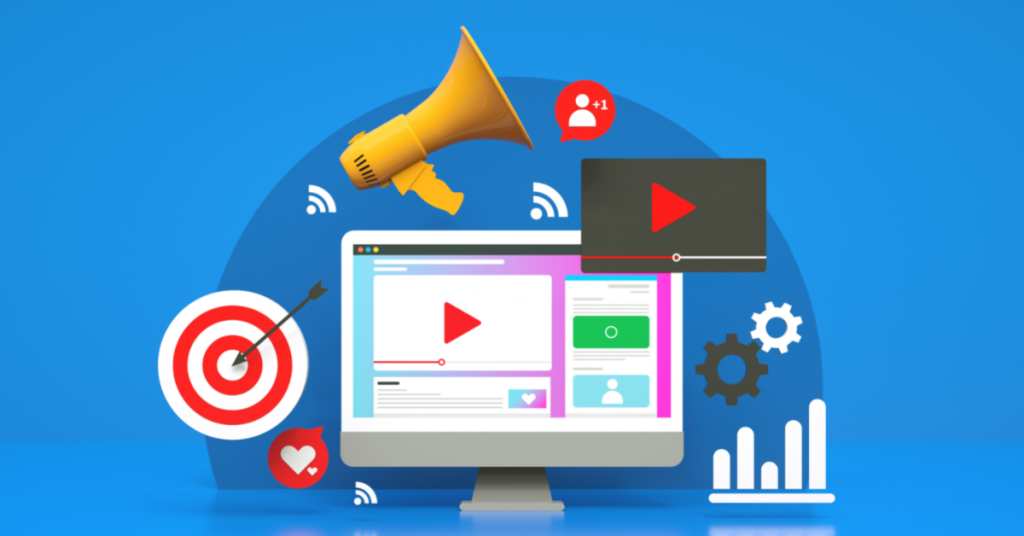Running an ecommerce store requires more than just a great product and a user-friendly website. To be successful, you need to focus on optimizing your store for conversions. In this article, we’ll discuss tips and best practices for optimizing your ecommerce store to increase conversions.
1. Optimize your product pages
Your product pages are the heart of your ecommerce store, and optimizing them is crucial for increasing conversions. Use high-quality images, clear product descriptions, and customer reviews to provide a detailed and trustworthy experience for potential customers. Incorporate calls-to-action (CTAs) that encourage customers to make a purchase, such as “add to cart” or “buy now.”
2. Simplify your checkout process
The checkout process is a critical point of conversion, so it’s essential to make it as simple and user-friendly as possible. Reduce the number of steps required to complete a purchase, eliminate any unnecessary form fields, and offer multiple payment options. Consider offering guest checkout to minimize friction and increase conversion rates.
3. Use personalized recommendations
Personalized recommendations are a powerful way to increase conversions and encourage repeat purchases. Use customer data such as browsing history and purchase history to provide personalized product recommendations. Display related products or complementary items to encourage customers to make additional purchases.
4. Implement email marketing campaigns
Email marketing is a highly effective way to increase conversions and build customer loyalty. Use email campaigns to promote your products, offer exclusive discounts, and follow up with customers who have abandoned their carts. Personalize your emails to make them more relevant to individual customers and increase the chances of conversion.
5. Leverage social media
Social media is a powerful tool for driving traffic to your ecommerce store and increasing conversions. Use social media platforms such as Facebook and Instagram to showcase your products, engage with customers, and promote your brand. Use social media ads to target specific audiences and drive traffic to your store.
6. Analyze and optimize your data
Data analysis is crucial for understanding your customers’ behavior and optimizing your ecommerce store for conversions. Use analytics tools to track key metrics such as conversion rates, bounce rates, and average order value. Use this data to identify areas for improvement and make data-driven decisions to optimize your store.
Conclusion
Optimizing your ecommerce store for conversions requires a strategic approach and a focus on the customer experience. Optimize your product pages, simplify your checkout process, use personalized recommendations, implement email marketing campaigns, leverage social media, and analyze and optimize your data. By following these tips and best practices, you can increase conversions and grow your ecommerce business.








